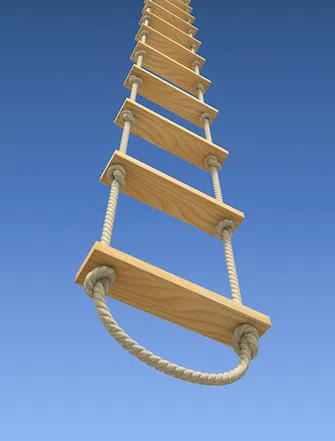Identify, create, and manage your standards according to customer requirements.
To satisfy customers as completely as possible, a company’s leadership must understand, establish, and enforce performance standards that are based on meeting customer requirements. Why is this so important? Because your customer measures your company’s performance by only one standard: Do it right the first time (DIRTFT). This is the umbrella under which all of your internal performance standards should fall. Beyond this, performance standards should be realistic, written, measurable, mandatory, and result from specific effort. Examine your company’s performance standards according to these criteria, and if they don’t measure up, either change them or get rid of them .Here is a 10-step template to guide you through this process. For illustration purposes, I use the example of callbacks— specifically callbacks prompted by condensate drain water leaks.
1. Determine the customer’s requirement.
Obviously the customer wants no water leaks.
2. Determine what your company’s standard is regarding that requirement.
Because your goal is 100% conformance to customer requirements, you want no water leaks.
3. Determine where you are now regarding that requirement (collect data).
For purposes of this example, let’s assume you had 100 callbacks last year because of water leaks.
4. Measure the costs (in dollars) of the problem.
Calculate the dollar cost for these 100 callbacks in labor, materials and overhead (truck, fuel, fringe benefits etc). Don’t forget to calculate the lost opportunity costs (what your employee could have been billing if it weren’t for running the callback). For purposes of this example, let’s say $10,000.
5. Determine the probable causes of the problem.
For this, use a team of your employees who are familiar with condensate drain water leaks. Have the team root out all of the probable causes because different causes will require different solutions.
6. Determine the solutions to the problem.
Use the same team that determined the causes. Let’s assume that they decide that the most effective way to solve this problem is to write a procedure and a checklist for the proper installation of condensate drains. This becomes our Performance Standard for installing condensate drains. In fact, almost every solution will require a written procedure and an accompanying checklist.
7. Train everyone on the new standard.
It is folly to assume that, just because you develop a new procedure, everyone will understand it and know how to implement it. Proper implementation requires that each person involved in the process be given a copy of the new performance standard and that, regardless of how simple the procedure may seem, everyone needs to be trained on its implementation.
8. Set a reasonable time table for meeting the standard.
Develop a time table for implementing the solution through training, monitoring, and supervision. An example could be that you decide to totally eliminate this $10,000 problem within 12 months. So you establish a timetable that reduces the problem by 25% in each of the next four quarters. If you reach the 25% reduction in the first quarter, you have not reached 25% of your goal —you have reached 100% of your goal for that quarter. Breaking the goal into bite sized pieces makes it easier to believe in and accomplish. Additionally, success through small advances goes a long way in building a 100% mentality among your employees.
9. Make the performance standard visible and measure progress.
Your employees need to be able to measure how well they are doing in relationship to the achievement timetable. Post a chart or a graph to visibly track their progress. It is amazing how positively employees respond to seeing their improved performance. Doing well will only make them want to do even better.
10. Recognize and reward problem solvers and problem prevents.
When a goal is reached (even an interim goal), let the band play. Let everyone know that you are aware of, and appreciate, the extra effort that they put forth in order to implement the performance standard. Share the rewards with them. Remember, if you are successful with the timetable, you should have an extra $10,000 on your bottom line. How much are you willing to share with the people who put it there?Will you ever run out of problems to solve and performance standards to write? Of course not. So, there is a lot of work ahead. But if you consistently use this template for problem solving and creating standards, you will begin to permanently solve problems that have plagued your company for years.
By the way, the example that I have just used comes from one of our client companies, a large hvacr company in the Southwest that actually saved $150,000 per year as a result of implementing and enforcing this exact performance standard.
Mike Callahan is President of Callahan/ Roach & Garofalo, Inc. The firm is an industry leader in management and marketing training, consulting, and business sales, mergers and acquisitions.Mike served as President of The AirConditioning Contractors of America and is an internationally known speaker and writer on business topics. Contact him atmcallahan@crginc.cc or call 800-462-8217.



